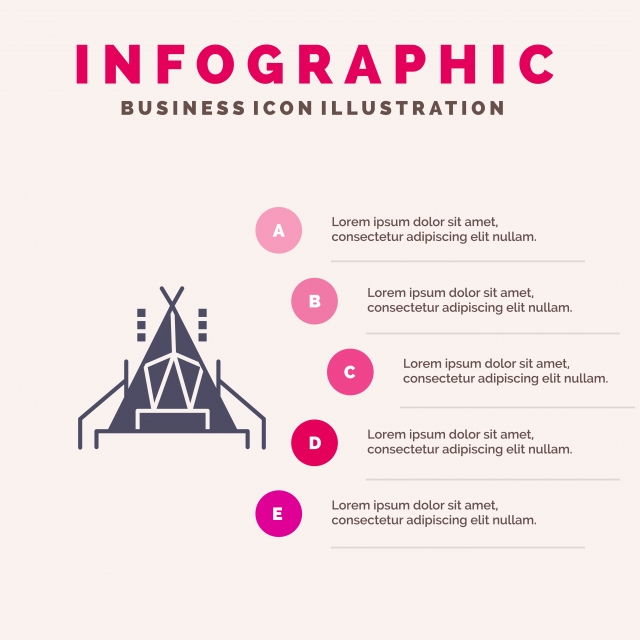The Best Tips For Selling Camping Tents Online
The Best Tips For Selling Camping Tents Online
Blog Article
Does Your Backpacking Outdoor Tents Required a Footprint?
If you camp frequently in locations with rocks or sharp downed branches or simply dislike packing away a damp, sloppy outdoor tents, then a footprint is absolutely worth considering. Footprints are likewise fairly cost-effective compared to a new camping tent.
Can you live on a campsite?
Lots of outdoor tents manufacturers provide their very own details impacts, which are cut to the exact size of the tent floor. Nevertheless, you can make one on your own with a light-weight textile like polycryo or tyvek.
Weather Conditions
Whether or not you need a footprint truly relies on the problems you'll be camping in. If you're backpacking in an area where the ground is generally wet (it's practically unavoidable), a camping tent impact can be a beneficial enhancement to your package, as it will certainly prevent your outdoor tents flooring from coming to be soaked.
Nonetheless, if the impact is too big it can act as a moisture trap and possibly permit water to swimming pool under your outdoor tents. This can be stayed clear of by seeing to it the impact is reduced a little bit smaller sized than your tent on all sides.
Generally talking, it's best to obtain an impact from the same manufacturer as your tent to ensure an exact fit. They also tend to be made from thicker, much more resilient materials than DIY options. They can be expensive for something whose sole purpose is to protect the ground underneath your tent, but it can be a rewarding financial investment if you respect the long life of your equipment.
Surface
Lots of high quality camping tents can work well without a footprint, especially those that have bathtub floorings constructed from sturdy products. Nonetheless, the surface you hike on can have a considerable impact on how quickly your tent flooring wears. Granite slabs, sandstone and various other sturdy surface areas use with the bottom of your tent much faster than verdant fields or forest floors.
A footprint or ground cloth aids expand the life of your outdoor tents by functioning as a barrier between the ground and the sewn-in groundsheet of your tent, claims REI elderly sales expert Elizabeth Nguyen. It likewise safeguards the tent from unpleasant components like sharp twigs and jagged rocks that could penetrate or tear the sewn-in flooring. When choosing a footprint for your tent, it is necessary to guarantee it's somewhat smaller than the tent on all sides. This protects against water from merging between the tent and impact throughout a rainstorm, which could seep right into your camping tent. The best option for an impact is to buy one developed for your specific outdoor tents, which will guarantee a tight fit.
Camping Tents with Lower Deniers and Waterproof Rankings
Whether you're a laid-back backpacker or a hardcore adventurer, the longevity degree of your tent is an important consideration. Tents made to be ultralight, verging on minimalist, usually compromise some degree of longevity in the material and materials made use of.
One material spec you'll run into is denier, which describes the weight in grams of a 9,000-meter length of thread that comprises the outdoor tents's cover, rainfly, and/or floor. A greater denier spec indicates a lot more rugged textiles, while lower numbers indicate lighter and much less durable textiles.
Other specifications to take a look at include flooring dimensions, vestibule dimension, and interior pockets. The previous reflects the total square-footage that can be utilized for livable area, while the latter can play a role in storage space by offering an area to stow away equipment overnight and in bad climate. Air flow is also a vital element; as you breathe out wetness throughout sleep, it requires to leave, or condensation might develop within. Features such as mesh home windows and panels and adjustable rainfly doors aid increase air flow and prevent this from taking place.
The Cost
The expense of a tent can affect its performance, and it is likewise important to think about just how much you can pay for to invest. Backpackers seeking a light-weight shelter must go for a camping tent with a livability ranking of at least 2 stars, and ideally, three or more.
Livability describes how roomy a camping tent feels, with headroom and flooring measurements playing a huge duty. Historically, backpacking tents utilized outstanding sloped walls and very little room to save weight, yet modern materials enable designers to supply even more comfort while maintaining weight reduced.
Storage is one more variable to consider, with vestibules and a quick-pitching style helping in reducing setup time. Furthermore, the sort of fabric finish and how the camping tent is saved can affect longevity. For instance, a PU coating that breaks down faster when damp, or undergoes repeated cycles of stowing and un-stowing, can dramatically shorten the life expectancy of an outdoor tents. In a similar way, making use of luxurious tents a customized impact rather than stuffing an outdoor tents in a slipshod way will additionally expand its lifespan.
Why are canvas tents better?
